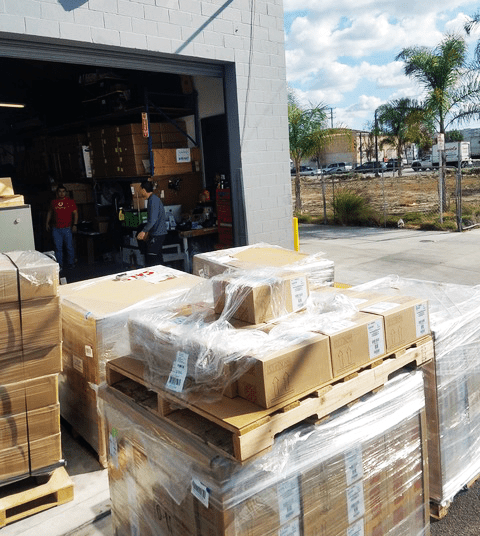Very few people will act on a purchase if the value isn’t there.
During the sale, your customer probably has an idea of how much what you offer is actually worth. These influentials can be anything from competitor pricing, personality, past experiences, and is distinctly individual.
If you’re not within their preconceived ideas, you’ll have a harder time convincing them your price is fair. However, if your potential customer can visualize how the product your selling will make their life better, and that what you’re selling aligns with their existing knowledge, you’ve created a successful perception of value.
Your perception of value at your health club will fall back on your unique features. If you can't determine anything truly unique about your gym, consider differentiating yourself from the pack and work with your team to help find a new piece of equipment, a new class, or new offering you can use as a sales tool.
If you're content with what your gym has to offer to the market, do your research on comparable prices in the area. If you plan to offer your clubs’ amenities at a high value, they’ll need to reflect this perception. Additionally, if your club offers something exclusive and exciting, don’t be afraid to ask a price that demonstrates your worth. This is where many gyms are seeing an increase in revenue – by offering spa-like locker rooms, streamlined design, or sought-offer classes.
Health clubs and fitness centers have a lot of opportunity to grow because of their flexible pricing. In a days notice, you can redesign or restructure your business model because the gym ultimately is a reflection of your dedication to health and fitness. If you decide to add on to your clubs’ existing features, your prices will need to flex to fit this model. Additionally, communicating these changes is crucial as to not seem dishonest in price changes.
Aside from increasing your gyms' current plans, you can offer a more cost-effective plan as well. Not everyone at your gym will be interested in the newest and greatest – and that's fine. You can offer packages with less bells and whistles in order to gain member numbers. Your gym will be just as full, and just as exciting.
Don't be weary of adding or subtracting to your gym's features, either. Major installments and changes to your health club aren’t a conman trick – you are actually adding value if you decide to invest in additions you see fit. Your business is growing and you deserve to see sales increase because of this. But what are the best tools you can invest in to grow package values?
We’re here to show you what new technology you can incorporate into your club, and how to work your packages to show your added value. Let’s dive deeper into perception of value, and what this means for you, as a health club owner.
How to build packages perfect for any customer
The greatest way to appeal to customers is to offer services that fit everyone’s needs. Unfortunately, you’ll never be able to appeal to everyone, but you can sure try. This is going to reflect in your fitness membership packages. The way you present your packages to your clients doesn’t just give them option of signing up, or walking out. It shows them options, not just a "Yes" or "No." Giving your client options on how they want to sign up increases your chance of appealing to their needs. Don't present the situation as an if they sign up, present it as a how they want to sign up.
Your packages should range from low-end to high end, with your high-end options offering serious perks. We're seeing these trends as a front runner for what fitness enthusiasts are seeking out in 2018.
While multiple package options will increase revenue and allow for current members to move up the funnel, your high-end packages will need to show their value. Investing in tech-focused trends is a way to increase revenue, and brings in serious gym-goers.
Why new technology is the future of gyms – and the future of sales packages
The anticipation of starting something new is heightened when your gym offers a unique experience. For your gym's most elite packages, incorporating technology is worth it, as many will look forward to share their experience through social media. Investing in fitness technology is a necessary and ROI-proven way to increase your members' results, and 3D body scanning is a new way of packaging that promise.
In many forward-thinking gyms, incorporating technology will be the best way to increase membership totals and create a buzz around their gym. This could be anything from having synchable equipment, offering DNA testing kits for personalized training sessions, or 3D body scanning to determine fat percentage.
3D body scanning is a tool that provides impeccably accurate measurements to your clients. Working the 3D body scanner into a sales package will depend on what your current prices range, but is an amazing addition to offer value to the customer. 3D body scanners work quietly, and quickly – the trained professionals at your club will use the information generated from the 3D scan to create more personalized workout and diet plans to help the client pinpoint changes they want to make. This is the ultimate goal of many of your clients: real results in a short amount of time. Packaging this option at your club will make you the standout choice for your community that's looking to invest in their health and fitness.
Still not sure why 3D body scanning is the ultimate tool in sales pitches? Learn today how investing in 3D body scanning can take your health club and fitness center from arbitrary to the leader in weight loss and performance benchmarking.






